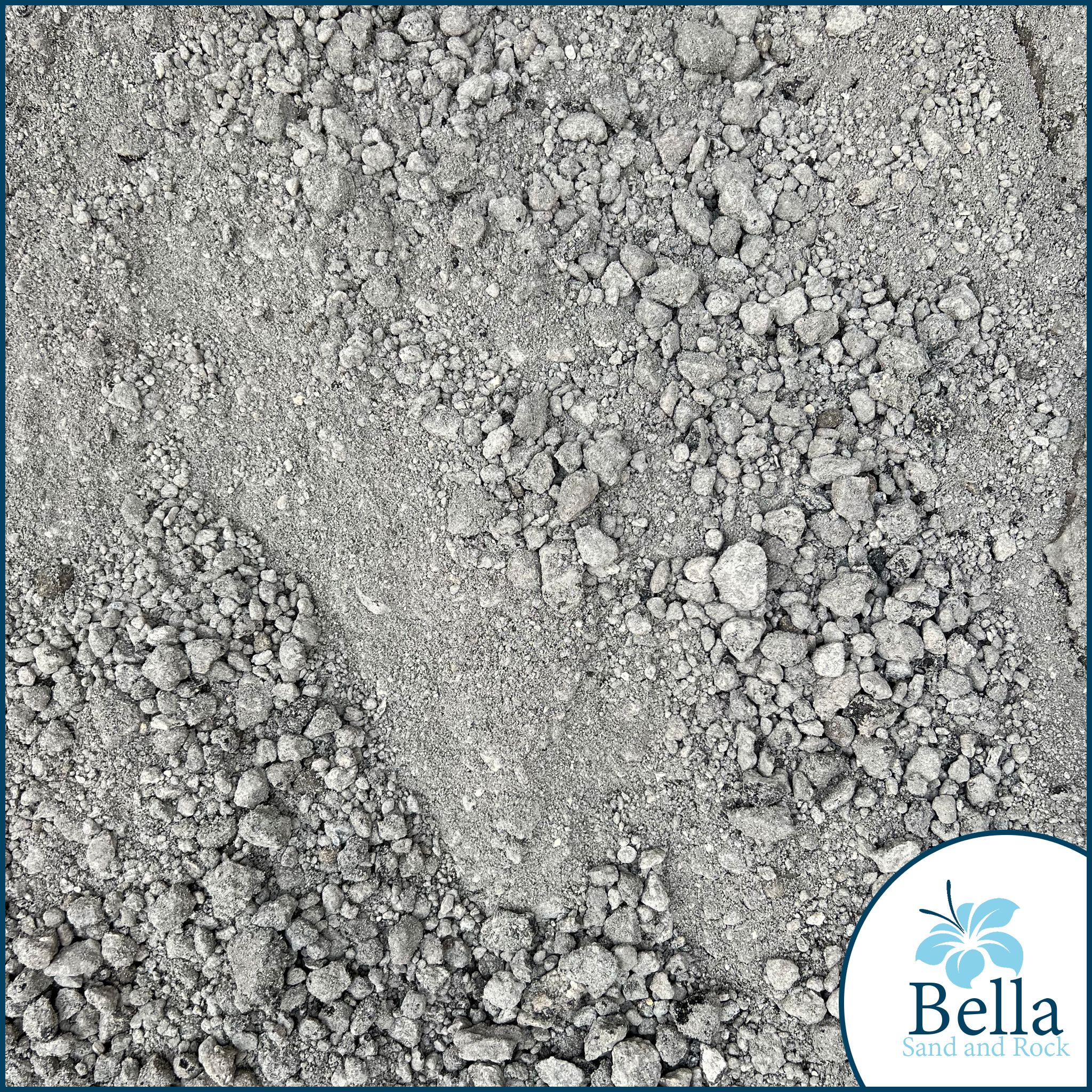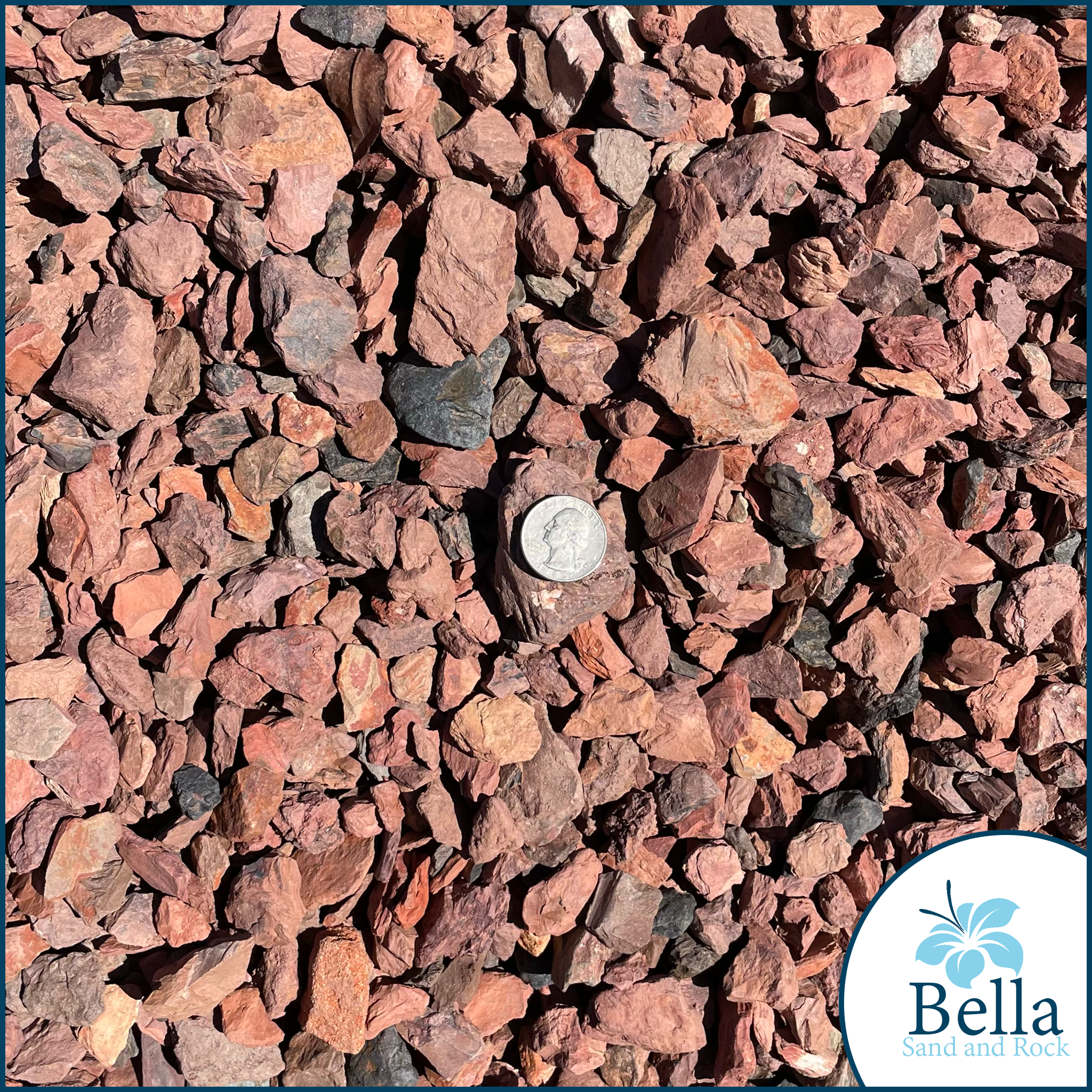In recent years, eco-friendly Tampa landscaping took the state of Florida by storm. While many residents show initial apprehension to “going green”, doing so can be both simple and affordable.
Additionally, eco-friendly best practices scale back on harmful waste around the home. Here are some of the top best practices for introducing healthier landscaping habits.
Launch Your Eco-Friendly Tampa Landscaping Initiative with Thorough Water Conservation
For many launching their eco-friendly Tampa landscaping initiatives, it starts with thorough water conservation. Inherently, water plays a large role in successful landscaping. Overall, water helps plants to flourish, maintains greener grass, and adds to beautiful yard features.
First, start by capturing rainwater. This tactic both prevents overwatering and lowers consumption, reducing energy bills. Simultaneously, take care to regularly monitor the weather. In varied climates like Tampa, shutting off sprinklers well before a storm similarly reduces overwatering.
Third, work on the property’s natural drainage system. Generally, lava rocks facilitate better water drainage and prevent yard flooding. In addition, they help to improve plant growth around the property.
Rely on Native Florida Plants for Easier Growing
Along with water conservation, native plants are great tools for eco-friendly Tampa landscaping projects. Holistically, Florida calls itself home to thousands of beautiful and unique native plants. Because they grow in Florida habitats, native plants tend to be more resilient against the elements.
Furthermore, native plants present a tougher obstacle to local pests and weeds. As a local option, native flowers and greenery also tend to be cheaper.
Avoid Using Harsh Chemicals to Promote Eco-Friendly Tampa Landscaping
In contrast to eco-friendly Tampa landscaping, harsh chemicals take a heavy toll on the local environment. Chemicals, including weed killers and pesticides, are effective in warding off unwanted guests among yards and flowerbeds. That said, they come with a big tradeoff. In the event, they infiltrate the water supply, these chemicals harm the “good” plants, too.
Instead, opt for natural pest and weed prevention methods. For example, planting mint plants fends off pests like mice, mosquitos, ants, spiders, roaches, and flies via their strong scent. Once again, lava rocks also present barriers to animals like snakes and iguanas because they are tougher to navigate. Similarly, lava rocks weaken weed growth.
Replace Parts of Your Lawn with Landscaping Projects
For homeowners, grass is costly to maintain. While it is green, it is not the best choice for eco-friendly Tampa landscaping projects. This is because it requires plentiful water to stay healthy. More so, grass fails to provide benefits to the surrounding environment. Instead of just a large, green grass patch, try to find other uses for your lawn areas.
Instead, install water features, patios, outdoor kitchens, gardens, plant beds, trees, firepits, and other outdoor activity areas. This creates more usable outdoor space. Concurrently, these areas limit the resources needed to maintain that area.
Reuse, Recycle, and Compost to Cap Off Eco-Friendly Tampa Landscaping
So many things involved in landscaping can be reused and recycled into something useful. One easy way to do this is to compost your garbage, plants, and dirt to make for a natural, green fertilizer you can use in your plant beds to promote healthy greenery.
- Paper products (cardboard, tissues, napkins, etc.)
- Sawdust
- Food scraps (veggies, fruits, egg shells, etc.)
- Tea bags
- Coffee grounds
































